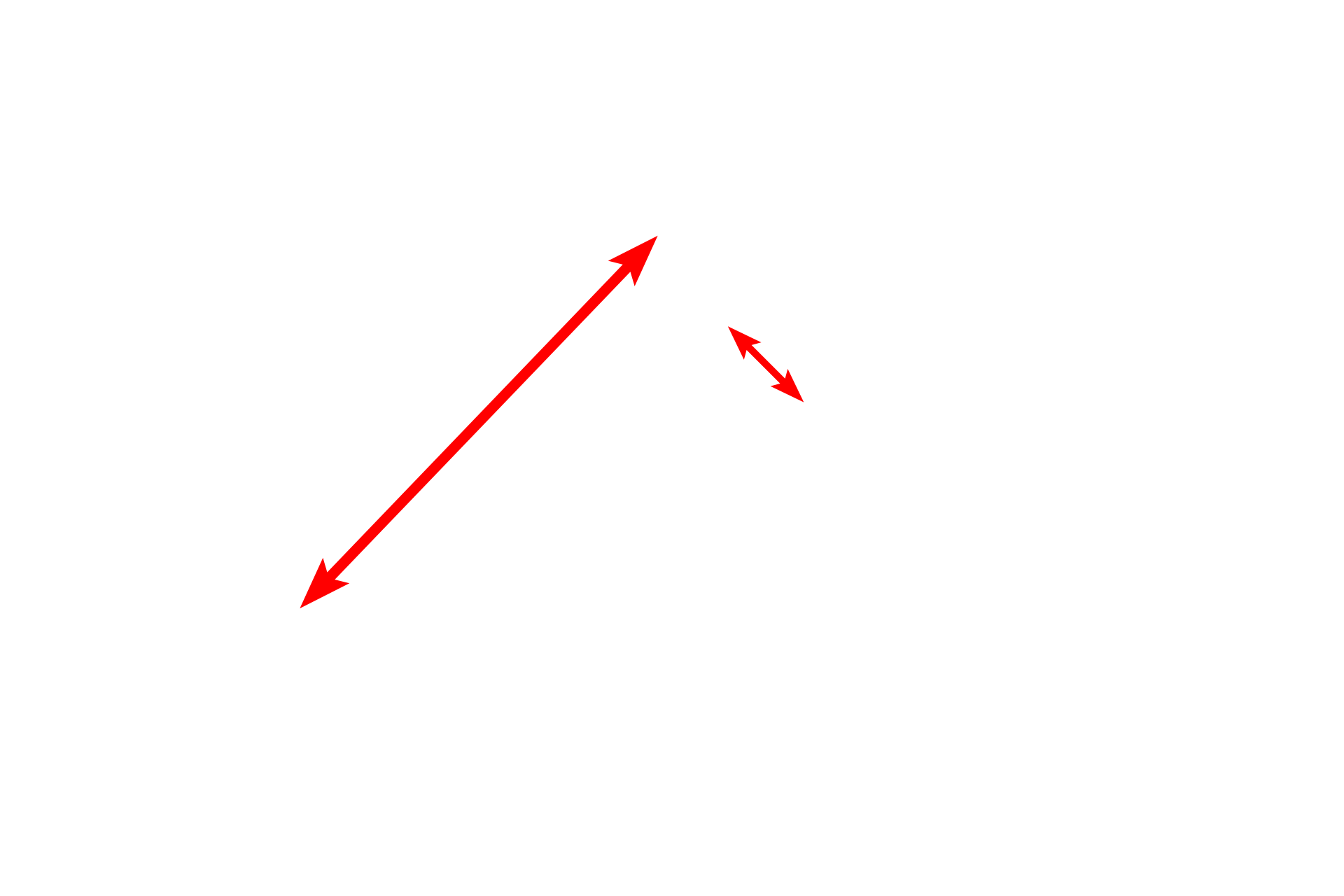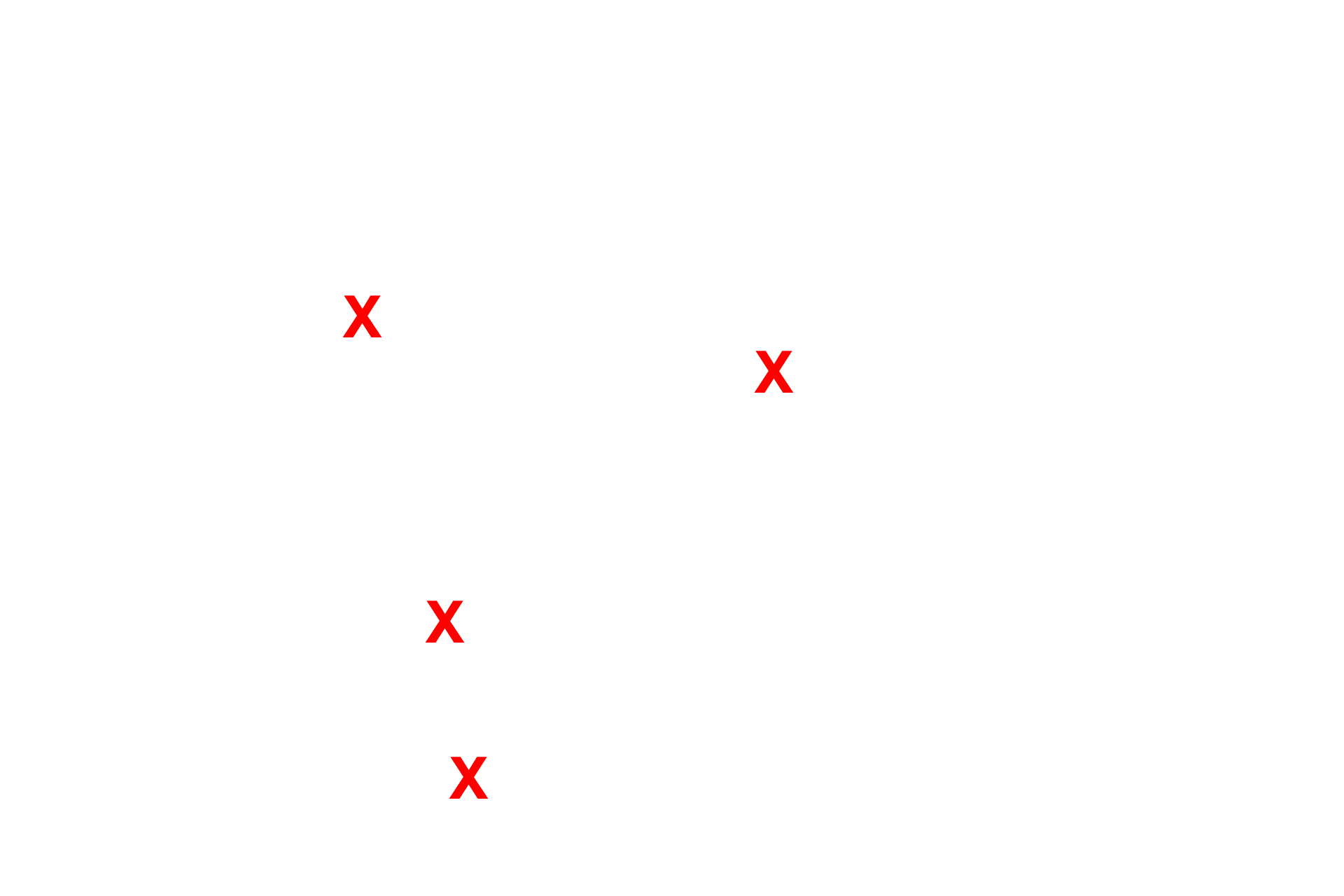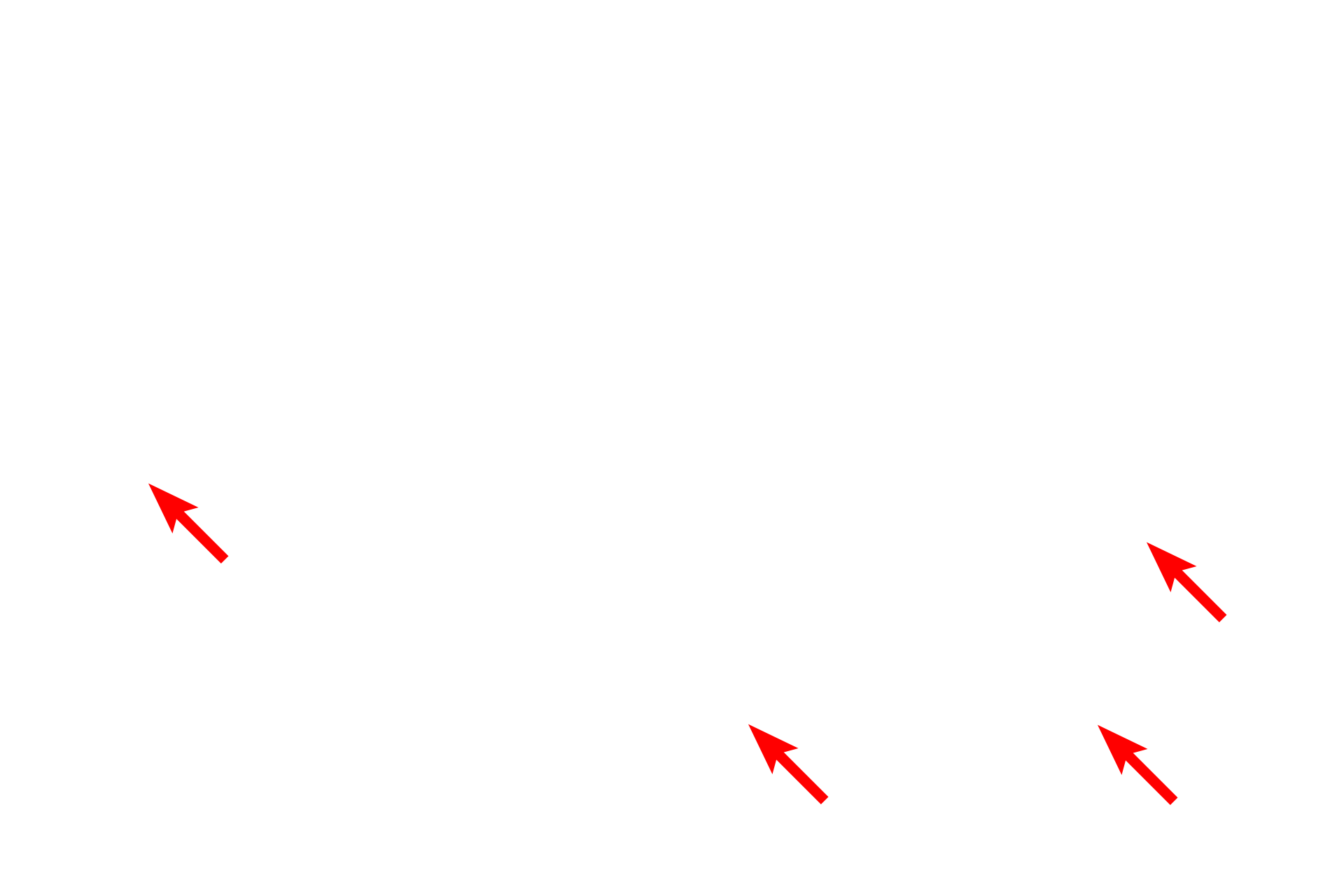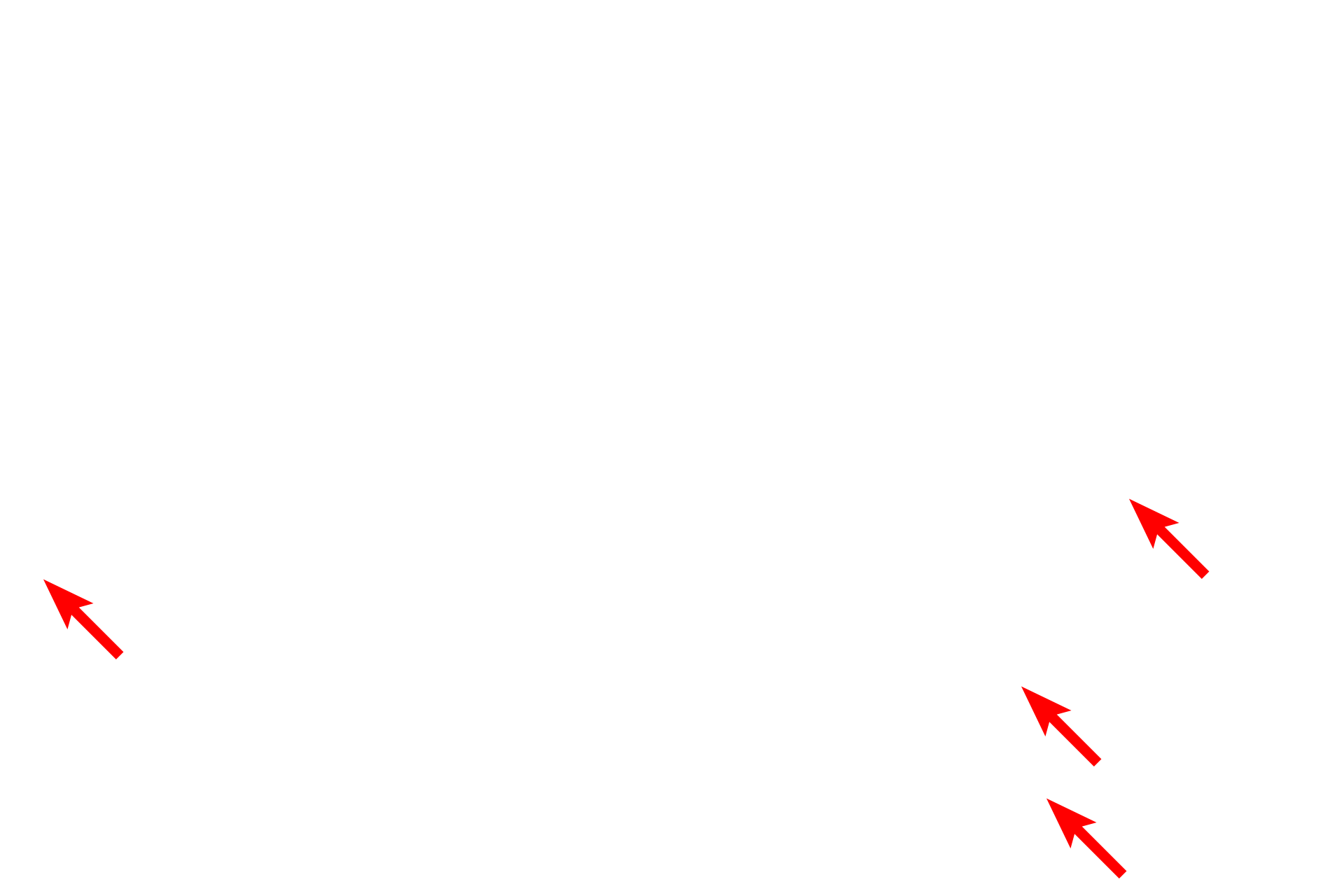
Meninges
This section shows the surface of a neonatal rat spinal cord and the surrounding pia mater. The dura mater and arachnoid layers have been removed. The pia mater lies directly on the surface of the spinal cord and accompanies blood vessels that penetrate the neural tissue. The pia is thicker in the neonate (shown here) than it will be in the adult. 400x

Spinal cord
This section shows the surface of a neonatal rat spinal cord and the surrounding pia mater. The dura mater and arachnoid layers have been removed. The pia mater lies directly on the surface of the spinal cord and accompanies blood vessels that penetrate the neural tissue. The pia is thicker in the neonate (shown here) than it will be in the adult. 400x

Pia mater
This section shows the surface of a neonatal rat spinal cord and the surrounding pia mater. The dura mater and arachnoid layers have been removed. The pia mater lies directly on the surface of the spinal cord and accompanies blood vessels that penetrate the neural tissue. The pia is thicker in the neonate (shown here) than it will be in the adult. 400x

Blood vessels
This section shows the surface of a neonatal rat spinal cord and the surrounding pia mater. The dura mater and arachnoid layers have been removed. The pia mater lies directly on the surface of the spinal cord and accompanies blood vessels that penetrate the neural tissue. The pia is thicker in the neonate (shown here) than it will be in the adult. 400x

Myelinated axons
This section shows the surface of a neonatal rat spinal cord and the surrounding pia mater. The dura mater and arachnoid layers have been removed. The pia mater lies directly on the surface of the spinal cord and accompanies blood vessels that penetrate the neural tissue. The pia is thicker in the neonate (shown here) than it will be in the adult. 400x

Glial cell nuclei
This section shows the surface of a neonatal rat spinal cord and the surrounding pia mater. The dura mater and arachnoid layers have been removed. The pia mater lies directly on the surface of the spinal cord and accompanies blood vessels that penetrate the neural tissue. The pia is thicker in the neonate (shown here) than it will be in the adult. 400x